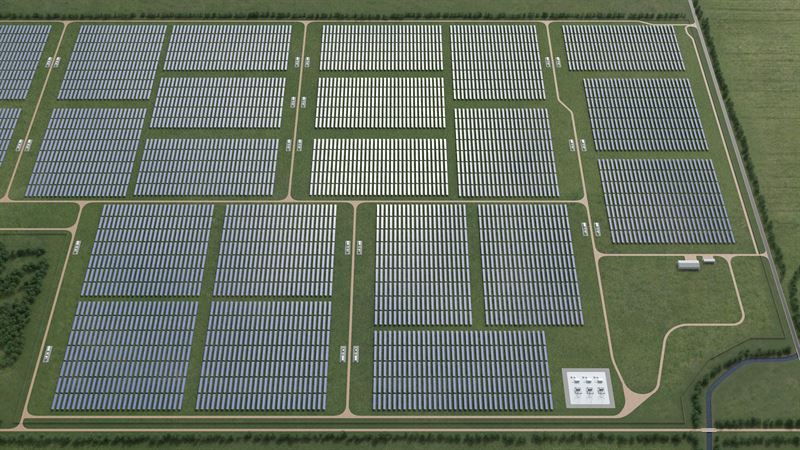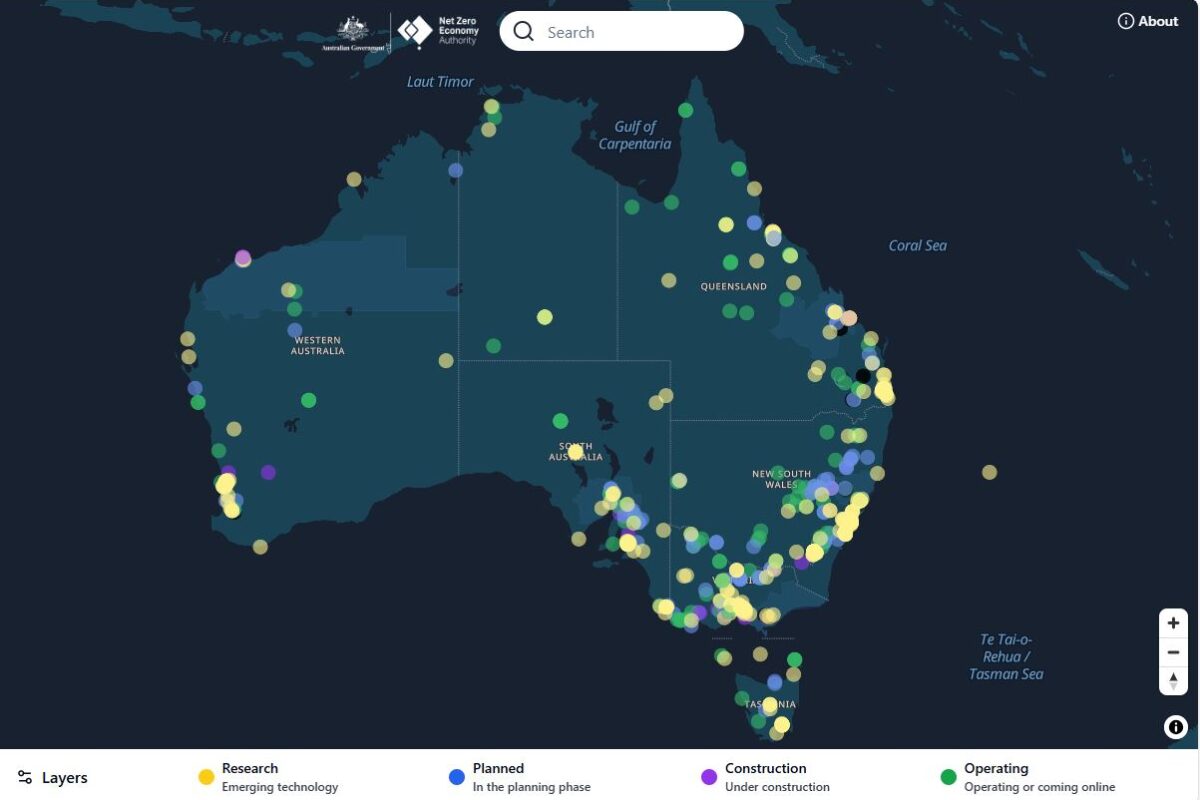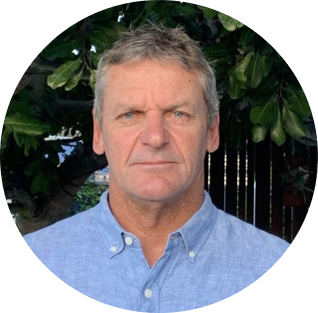Renewable energy investor and developer Octopus Australia earlier this month commenced construction of the Fulham solar farm and battery energy storage system at a 160-hectare site near Sale in Victoria’s Gippsland region.
The $300 million (USD 192 million) project pairs a 64 MW / 128 MWh direct current (DC)-coupled battery energy storage system with an 80 MW solar farm. The plant is expected to commenced operations in 2027.
Finland-based Wärtsilä will supply the energy storage system for the project which is to be one of the first large-scale DC-coupled solar and battery hybrid assets in the National Electricity Market (NEM).
Wärtsilä Energy Storage Australia Managing Director Suraj Narayan said the Fulham project is poised to be a game-changer for the future of renewable energy in Australia with the project demonstrating an alternative to conventional AC-coupled configurations by leveraging a co-located, fully integrated solar-plus-storage design.
“It is the first large-scale project in Australia to demonstrate the technical and economic advantages of DC-coupling, setting a strong precedent for how future solar-plus-storage projects are designed and optimised,” he said.
“By adopting DC coupling, the Fulham project will capture and store solar energy more efficiently, reduce conversion losses, and maximise energy yield, addressing challenges like solar curtailment and inverter clipping that are becoming more common as Australia ramps up renewable energy production.”
Unlike conventional AC-coupled storage, DC coupling allows solar generation to flow directly to the battery via a DC/DC converter, minimising energy conversion losses – estimated to reach about 8-10% by the time the energy reaches the grid – and maximising the use of available solar energy.
Narayan said this means more efficient storage of excess solar generation that would otherwise be lost, improving grid stability and project economics.
“That streamlined process can be a few percentage points more efficient, and over the life of a large-scale project, those small gains can add up to major financial gains,” he said.
The Fulham project will utilise Wärtsilä’s Quantum high-density energy storage system while the company’s advanced controls and optimisation software, GEMS, will be used to manage the integration of both the energy storage system and solar assets with the grid’s connection requirements.
“The GEMS hybrid power plant controller enables seamless coordination between solar and storage systems, optimising performance and ensuring compliance with grid standards,” Narayan said.
The Fulham project adds to more than 14 GWh of energy storage capacity that Wärtsilä has deployed or under contract across key markets worldwide.
Among them is the multi-stage Blackhillock project in Scotland, where Wärtsilä delivered one of the world’s first transmission-connected battery energy storage systems capable of providing grid stability services like synthetic inertia and short-circuit support.
“The project, which is also Europe’s largest battery storage system currently in operation, sets a new global benchmark for enabling renewable integration at scale,” Narayan said.
Wärtsilä’s Australian contracts include delivering the 700 MW / 2,800 MWh Eraring battery in New South Wales for Origin Energy, and the 350 MW / 1,474 MWh Wooreen energy storage system being developed by EnergyAustralia in Victoria’s Latrobe Valley. It has also been engaged by Amp Energy to supply the 150 MW / 300 MWh Bungama battery in South Australia and the GEMS management system is in use at AGL Energy’s 250 MW / 250 MWh Torrens Island battery, also in South Australia.
Narayan said Wärtsilä is now the second-largest energy storage provider in the country and the company’s focus is now on scaling technologies, strengthening lifecycle support, and expanding the ways it helps customers optimise asset performance through our controls and optimisation software.
“Our focus remains on delivering high-performance energy storage projects on time and at scale, while continuing to deepen our partnerships with developers, utilities, and governments,” he said.
This content is protected by copyright and may not be reused. If you want to cooperate with us and would like to reuse some of our content, please contact: editors@pv-magazine.com.









By submitting this form you agree to pv magazine using your data for the purposes of publishing your comment.
Your personal data will only be disclosed or otherwise transmitted to third parties for the purposes of spam filtering or if this is necessary for technical maintenance of the website. Any other transfer to third parties will not take place unless this is justified on the basis of applicable data protection regulations or if pv magazine is legally obliged to do so.
You may revoke this consent at any time with effect for the future, in which case your personal data will be deleted immediately. Otherwise, your data will be deleted if pv magazine has processed your request or the purpose of data storage is fulfilled.
Further information on data privacy can be found in our Data Protection Policy.